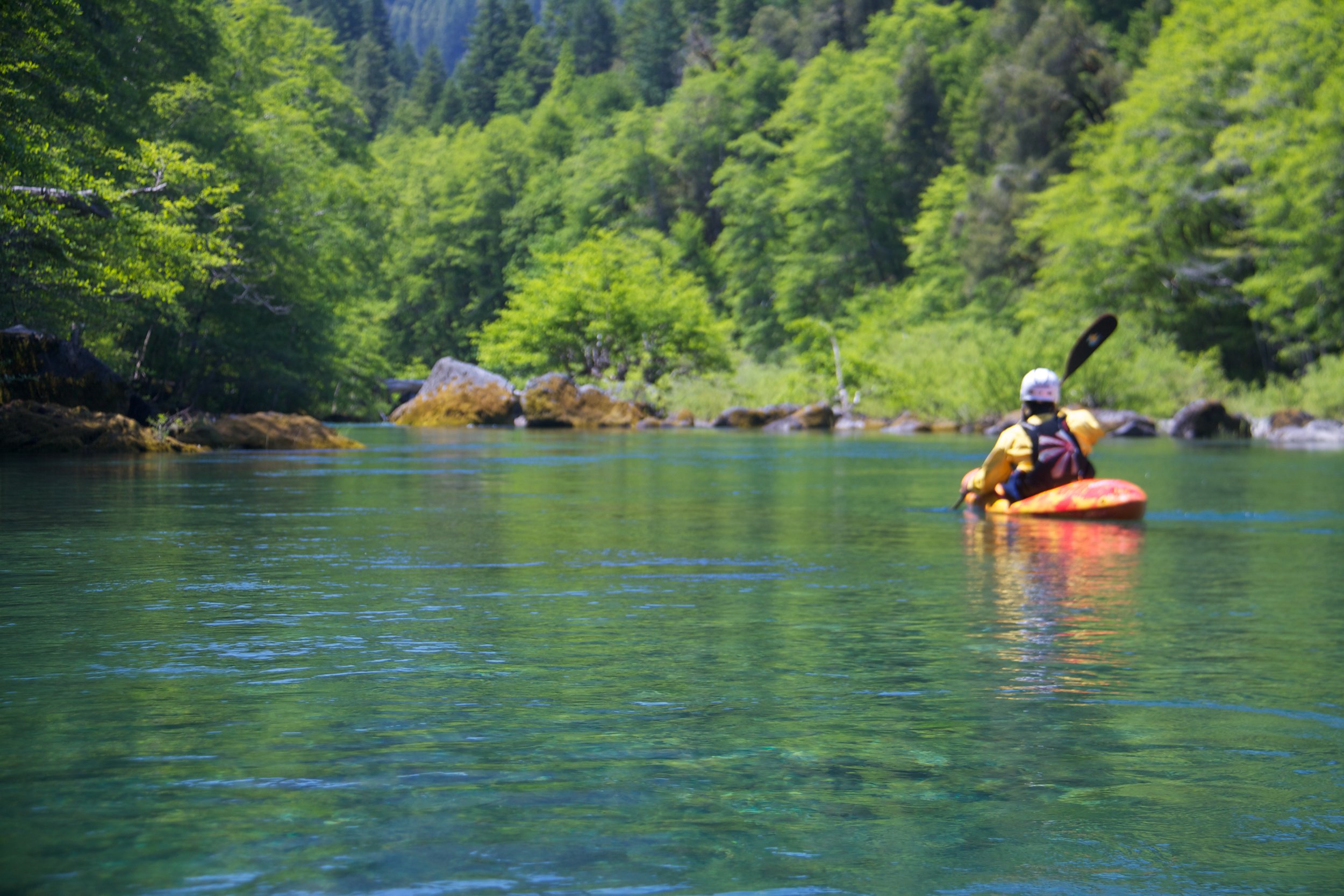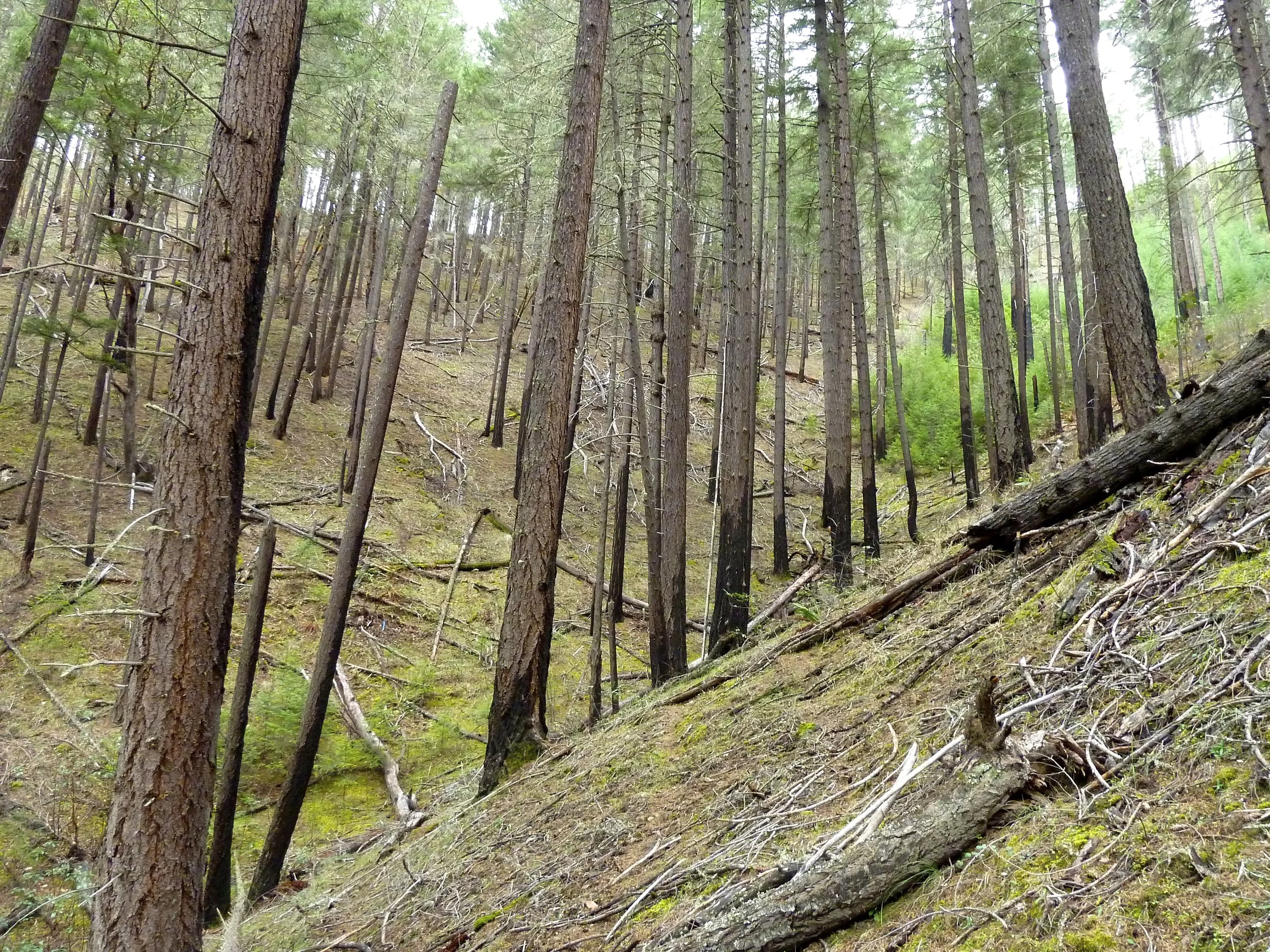Despite a 2017 ruling by the Obama Administration to put a 20-year moratorium on mining in the headwaters of the North Fork Smith River and Illinois River, a new mining company has emerged with plans to mine for nickel in the Baldface Creek watershed. Read more about KS Wild’s work protecting this region from mining here.
Read MoreDefending the Eight Dollar Mountain Botanical Area, on the edge of the Kalmiopsis Wilderness, is a high priority for KS Wild’s stewardship program. Teams of volunteers have worked for years to clean up illegal dumping sites and protect the botanical hotspot from illegal off-highway vehicle use (OHV). Our goal is to install gates to prevent further degradation, and allow for an orderly managed botanical area.
Read MoreWe are celebrating the recent victory to protect some of our most prized rivers from proposed industrial strip mining for a period of 20 years. We are hopeful that this victory will stand, even in the Trump administration.
Read MoreRegularly visited by botanists, it boasts the highest wildflower diversity in Oregon. Fisher folk appreciate the habitat it provides for steelhead and cutthroat trout, and it is well known by locals for always running clear. Before entering the Wild and Scenic Illinois River, it flows through a rugged, beautiful wilderness landscape. Part of this area, the South Kalmiopsis Roadless area was recommended as an addition to the Kalmiopsis Wilderness in 2004.
Read MoreThe forests of the Klamath-Siskiyou Mountains are dependent upon fire. For millennia, lightning storms have ignited blazes that sparked the unique plant communities, tree composition and biodiversity that define the region. Our forests are evolved to accommodate the regenerative force of fire.
Read MoreThe Klamath-Siskiyou region is home to the largest expanse of wildlands on the West Coast. Some of these pristine wild areas are protected under the Wilderness Act as Wilderness Areas, but many other wilderness-quality lands are unprotected and face a variety of threats including logging, road-building, over-grazing, and irresponsible off-road vehicle use.
Read MoreThe mountains of the Kalmiopsis emerged from the ocean floor as result of geological uplift (rather than volcanism) and have been subject to folding and faulting ever since. As a result, the unique soils are packed with heavy metals including nickel, iron, chromium, and magnesium that make life hard for most plant life. To survive in this environment plants have had to evolve and adapt to get by in circumstances that would normally kill most flowering species. More than any other wilderness in the region, the Kalmiopsis is the home of oddball survivors.
Read More





